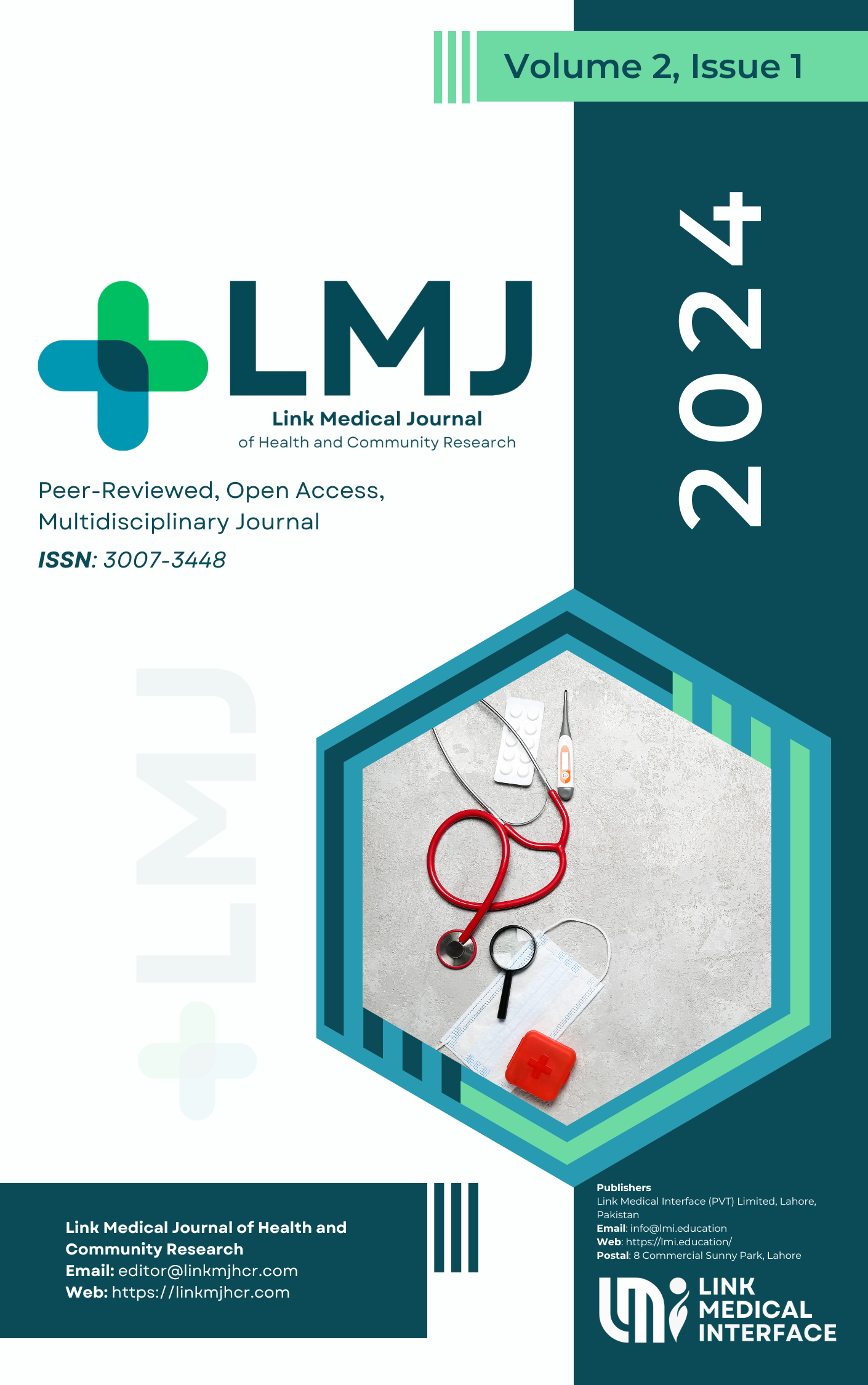Reproducibility of Digital Photography for Assessing Anterior Pelvic Tilt Using MicroDicom Among Patients with Non-Specific Low Back Pain: A Test–Retest Reliability Study
DOI:
https://doi.org/10.61919/rtz7jg90Keywords:
Anterior pelvic tilt; non-specific low back pain; reliability; digital photography; MicroDicom.Abstract
Background: Non-specific low back pain (NSLBP) is frequently associated with anterior pelvic tilt (APT), a postural deviation linked to altered spinal mechanics and musculoskeletal dysfunction. Reliable and accessible tools for quantifying APT are essential for effective rehabilitation practice, particularly in settings where radiographic imaging is impractical. Objective: To evaluate the test–retest reliability of digital photography for measuring APT in individuals with NSLBP using MicroDicom software. Methods: A test–retest reliability study was conducted at the Department of Rehabilitation, National Orthopedic Hospital, Bahawalpur, Pakistan. Forty participants aged 20–40 years with NSLBP were recruited. Standardized lateral-view digital photographs were obtained using a tripod-mounted smartphone camera. The anterior superior iliac spine (ASIS) and posterior superior iliac spine (PSIS) were palpated and marked, and APT angles were measured in MicroDicom software across three testing sessions. Reliability was evaluated using the intraclass correlation coefficient (ICC[2,1], two-way random effects, absolute agreement), standard error of measurement (SEM), coefficient of variation (CV), and Bland–Altman analysis. Results: The mean APT angles were 16.57° ± 1.51, 15.99° ± 1.54, and 15.97° ± 1.45 across the three sessions. Test–retest reliability was good (ICC[2,1] = 0.872, 95% CI: 0.705–0.939, p < 0.001). The SEM was 0.54°, CV was 9.3%, and percentage SEM was 3.3%. Bland–Altman analysis showed a negligible mean bias (0.03°) and narrow 95% limits of agreement (–1.30° to +1.36°), indicating minimal systematic error. Conclusion: Standardized digital photography analyzed with MicroDicom software provides a reliable, non-invasive, and cost-effective method for monitoring APT in adults with NSLBP. While not a substitute for radiographic imaging, it offers a clinically practical tool for postural evaluation in rehabilitation settings.
Downloads
Published
Issue
Section
License
Copyright (c) 2025 Mahtab Ahmed Mukhtar Patafi, Suriyakala Perumal Chandran, Mazhar Ali Bhutto, Nasir Mehmood, Muhammad Shahzaib Alam, Rumaisa Asad (Author)

This work is licensed under a Creative Commons Attribution 4.0 International License.
© 2025 The Authors. This work is licensed under a Creative Commons Attribution 4.0 International License (CC BY 4.0).


